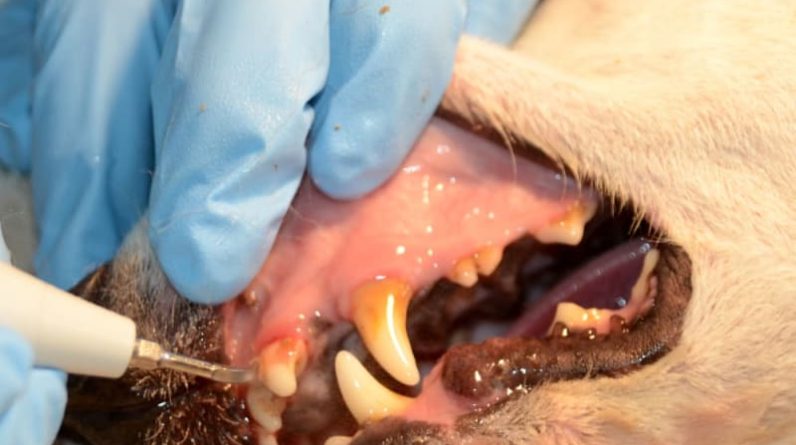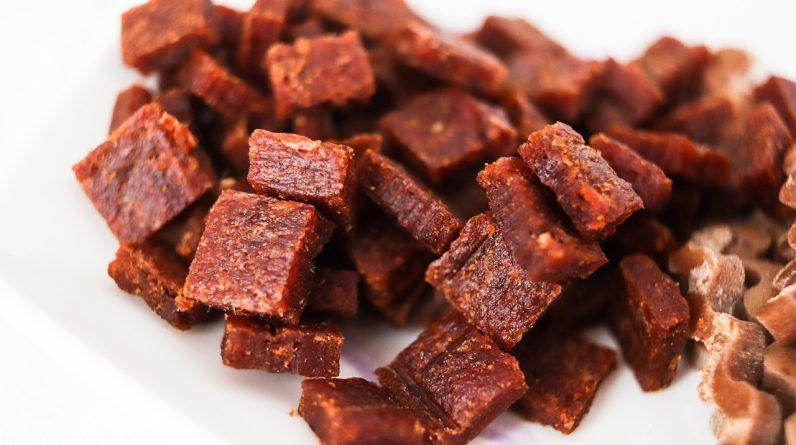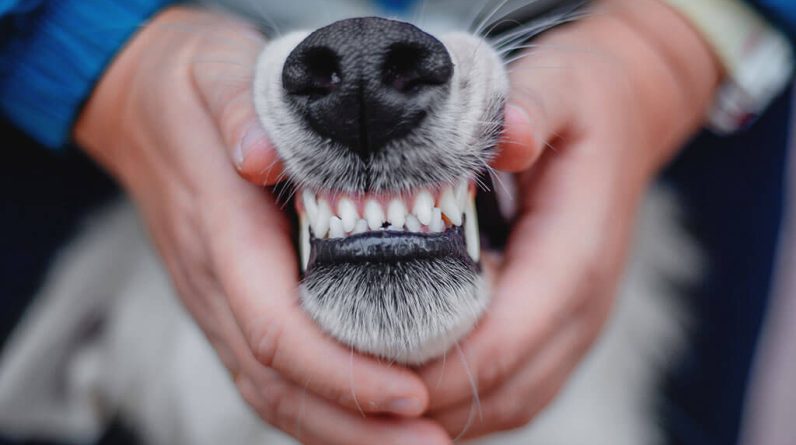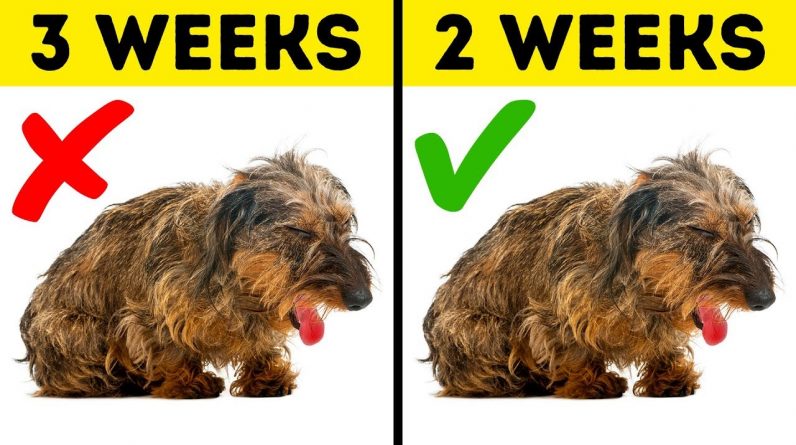
What is oral
illness? Bad breath, or halitosis, is frequently the very first thing someone will first see when their pet has dental disease. The process begins with plaque, a sticky accumulation of bacteria( also referred to as a biofilm) on the surface area of the teeth. Within as brief as 24 hr, minerals in saliva, such as calcium, will start to harden the plaque into what we call oral tartar( or calculus
). The bacteria associated with plaque and tartar result in infection and swelling in the gums, often described as gingivitis. Periodontitis takes place as the infection progresses to bone loss and, ultimately, tooth loss.
What issues does it cause?
In addition to halitosis, oral illness might result in oral discomfort and problem consuming.
More advanced infections can result in germs going into the blood stream. Likewise known as bacteremia, research study has actually shown that this can cause issues in other parts of the body consisting of the kidneys, liver and heart.
What are the signs of dental illness?
Contact your veterinarian if you notice any of the following with your dog:
-
Trouble eating or reduced hunger
-
Halitosis
-
Bleeding from the mouth
-
Swelling on the jaw or face
-
Drooling
-
Nasal discharge (can be bloody)
How can it be prevented?
Regular examinations
Your veterinarian will carry out a mindful (awake) test of your pet’s mouth at yearly gos to, or more frequently if suggested based on your canine’s age, type, dental health and medical history.
Home dental care
There is much that can be done in your home to help in reducing the occurrence of oral illness.
-
Brushing your pet’s teeth is the most efficient technique of home look after preventing dental disease.
-
In addition to brushing– or if brushing isn’t possible– there are other options to help reduce plaque and tartar, consisting of:
-
Dental diets
-
Oral chews and deals with
-
Water additives, oral gels and sprays
-
-
It is crucial to offer your pet dog safe chewing choices. Chewing is an important activity for both dental health and overall enrichment. Nevertheless, chewing hard objects can result in either slowly wearing or fracturing of teeth. Use caution when providing your pet any hard items consisting of bones, antlers, hooves, rawhide and hard made toys. A few of these products can also provide a threat for gastrointestinal damage or obstruction.
-
The Veterinary Oral Health Council (VOHC) website provides a list of accepted dental products.
-
Please consult your vet for proper recommendations for your pet dog.
-
How is existing oral illness dealt with?
An extensive oral examination, including dental radiographs (X-rays), is just possible when your canine is anesthetized. The teeth will then be cleaned up– indicating that all of the plaque and calculus above and below the gum line will be gotten rid of with both ultrasonic and hand scalers.
In addition to the teeth and gums, the whole mouth is taken a look at for indications of disease– including under the tongue, the tongue itself, the tonsils, tough and soft tastes buds, and the lips. Teeth may need extraction (elimination) if they are loose, fractured or have substantial bone loss. Teeth with caries (cavities) are unusual in pets but may be prospects for repair. Likewise, some fractured teeth can be fixed with root canal treatment. Your veterinarian might refer you to a veterinary dental professional for innovative procedures.
After your pet dog has recovered from the professional care that was supplied, follow your vet’s recommendations for resuming appropriate home dental care.
 Dr. Brian Collins with his dogs Dottie, Speck and Iris. Picture offered. Dr. Brian Collins, D.V.M. ’94, is an extension veterinarian for the Cornell Richard P. Riney Dog University Hospital and a professors clinician in the Cornell Small Animal Community Practice. He is also the personnel veterinarian at Farm Sanctuary in Watkins Glen, New York, and he provides assessments for the Cornell Feline University Hospital. His animal household consists of dogs Dottie, Speck and Iris; cats Quinoa, Iona, Honey Bee and Junior; and chicken Gladys..
Dr. Brian Collins with his dogs Dottie, Speck and Iris. Picture offered. Dr. Brian Collins, D.V.M. ’94, is an extension veterinarian for the Cornell Richard P. Riney Dog University Hospital and a professors clinician in the Cornell Small Animal Community Practice. He is also the personnel veterinarian at Farm Sanctuary in Watkins Glen, New York, and he provides assessments for the Cornell Feline University Hospital. His animal household consists of dogs Dottie, Speck and Iris; cats Quinoa, Iona, Honey Bee and Junior; and chicken Gladys..
What is dental illness? Bad breath, or bad breath, is frequently the first thing someone will first observe when their pet has oral disease..







